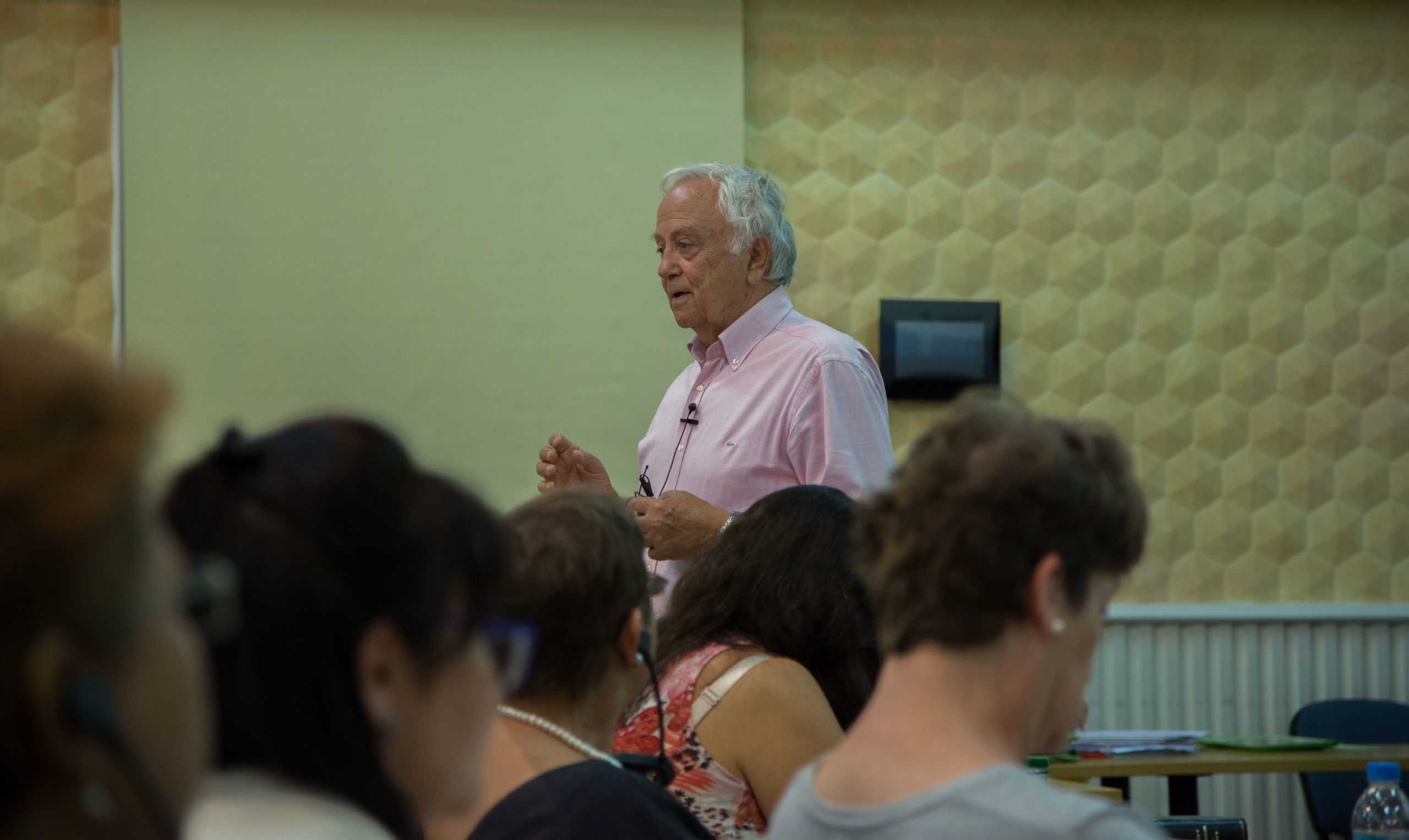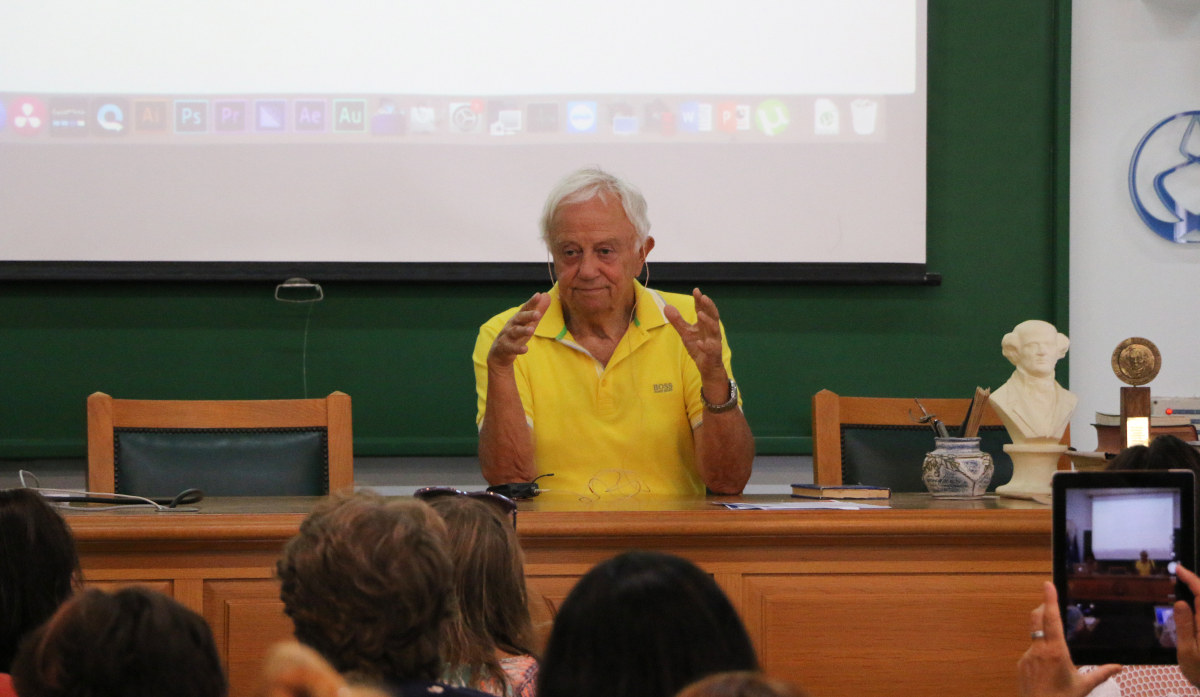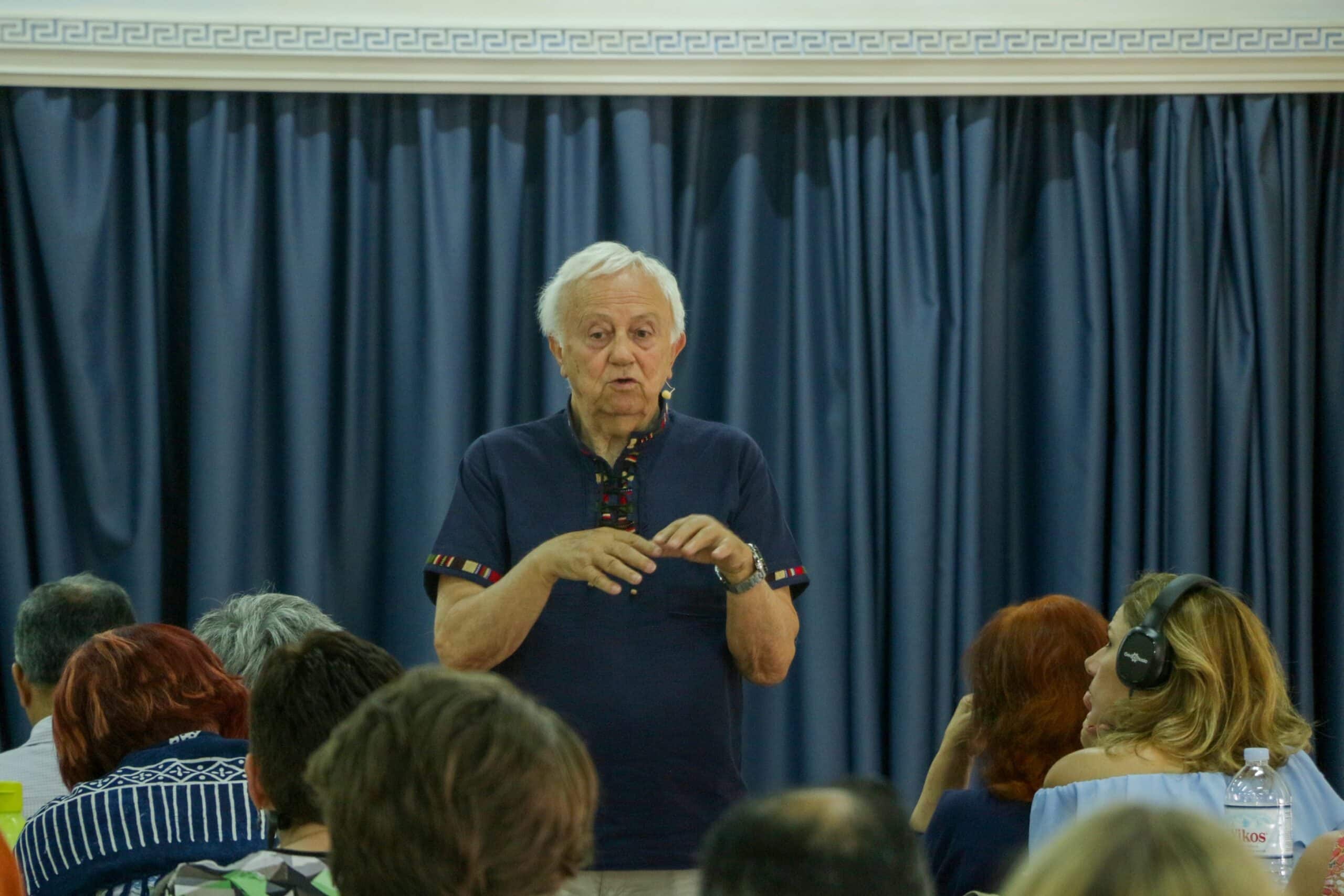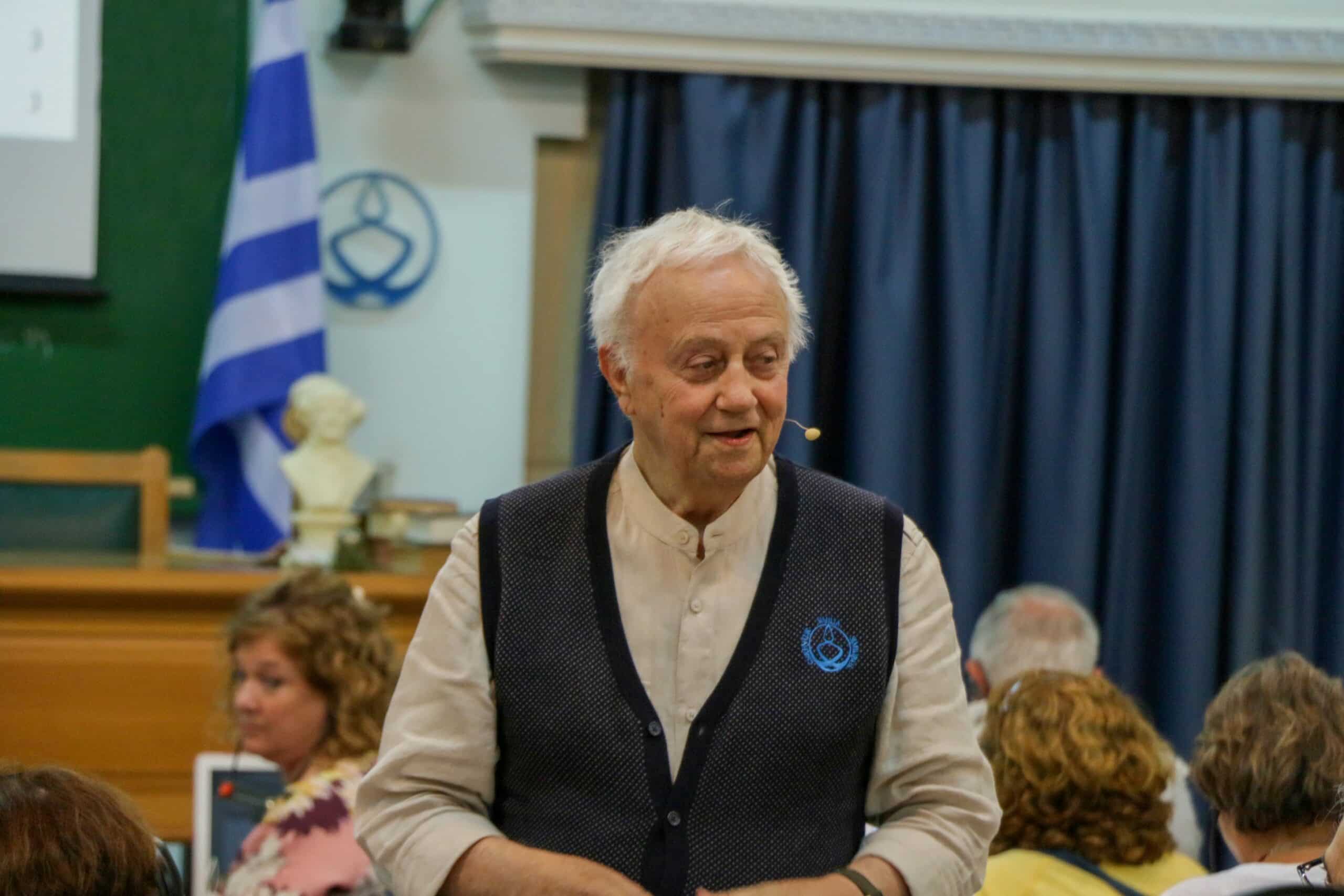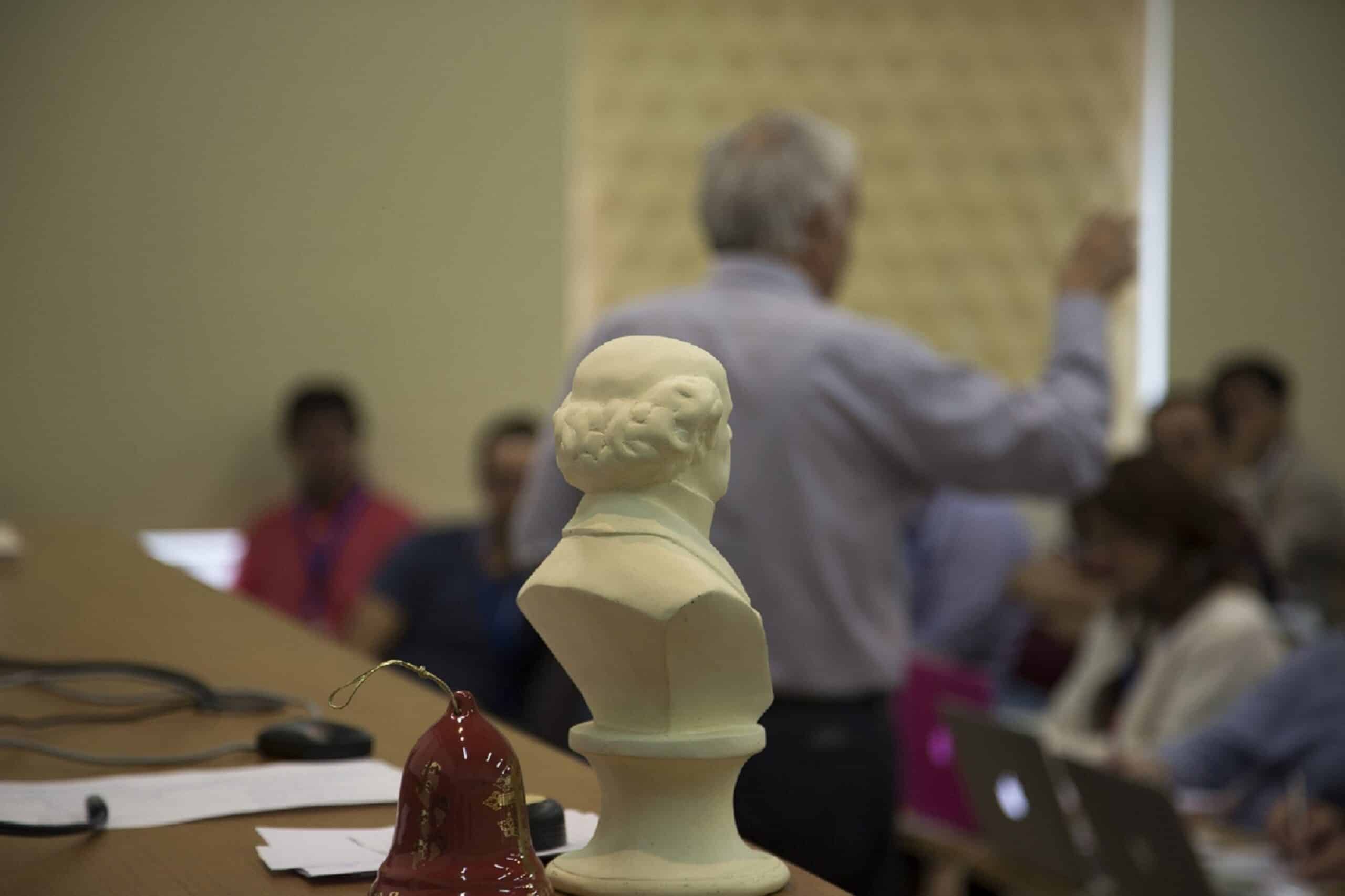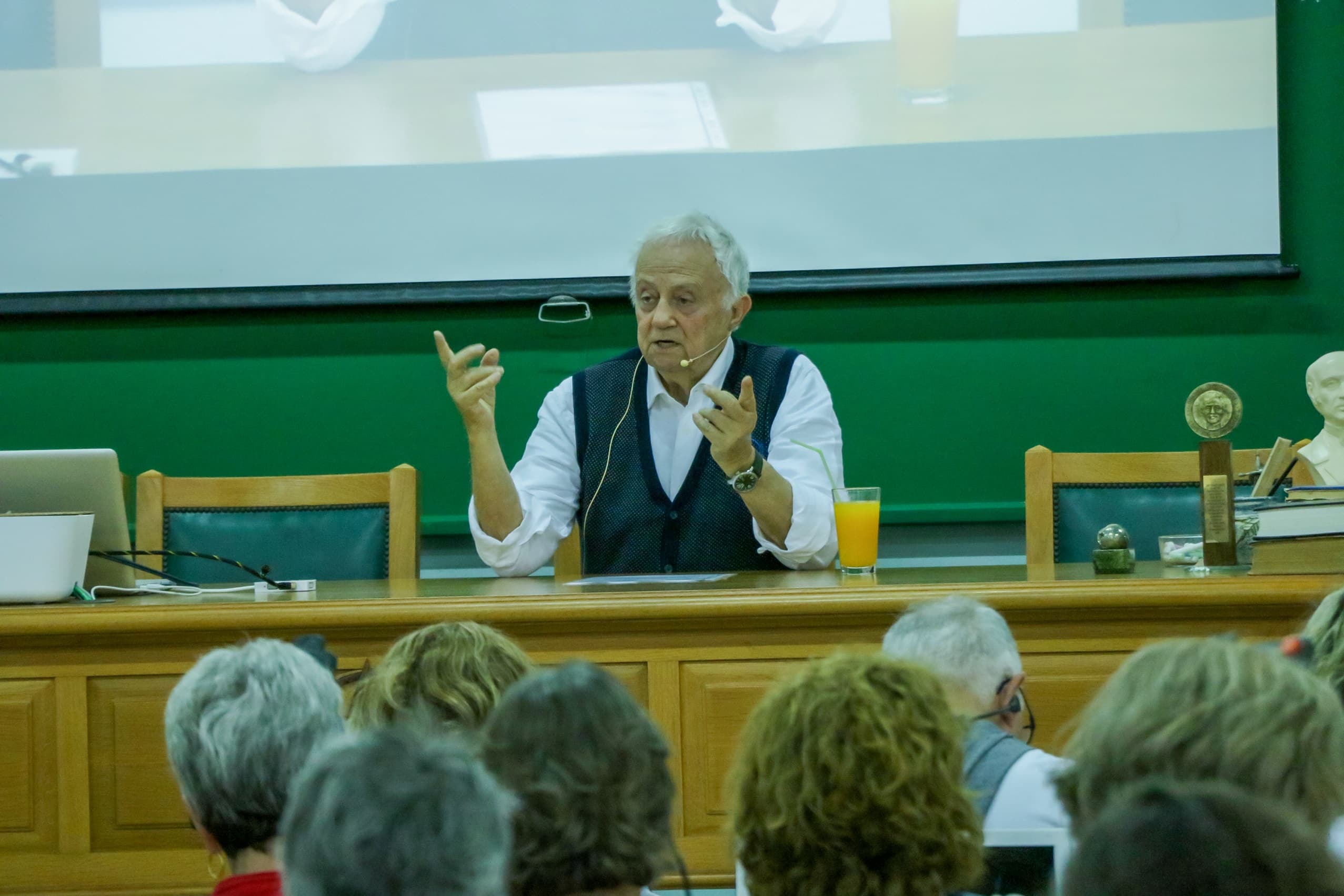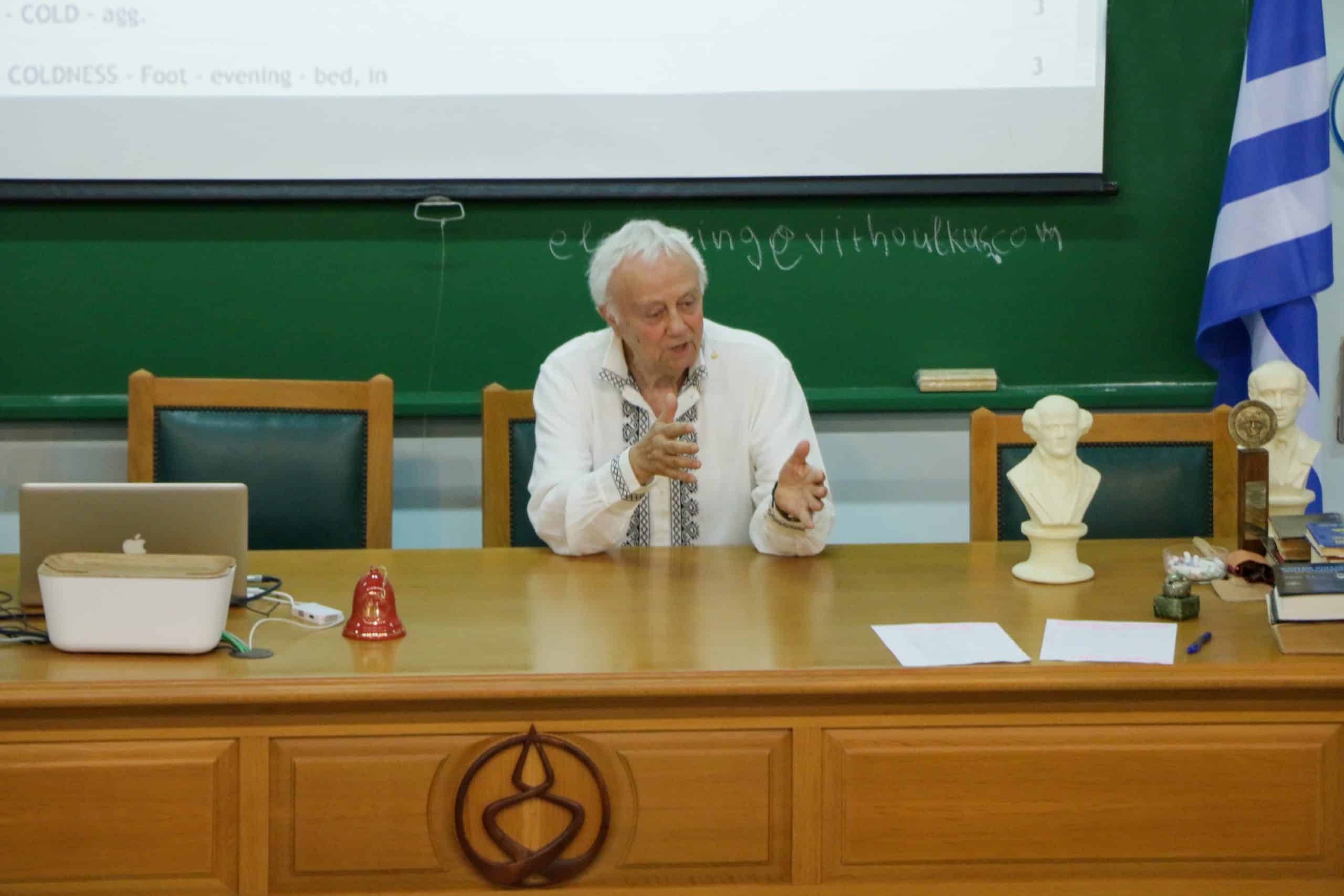Alternative therapies in general, and homeopathy in particular, lack clear scientific evaluation of efficacy. Controlled clinical trials are urgently needed, especially for conditions that are not helped by conventional methods.
British Homeopathic Journal (2001) 90, 148–153
Effects of homeopathic treatment in women with premenstrual syndrome: a pilot study
M Yakir1*, S Kreitler2, A Brzezinski3, G Vithoulkas4, M Oberbaum5 and Z Bentwich6
1The Hebrew University, Hadassah Medical School, Jerusalem, Israel; 2Psychology Department, Tel Aviv University, Israel; 3Department of Obstetrics and Gynecology, Hadassah Hospital, Jerusalem, Israel; 4Alonisos 37005, Greece; 5The Institute of Research on Complementary Medicine Shaare Zedek Medical Center, Jerusalem; and 6Ruth Ben Ari Institute of Clinical Immunology, Kaplan Hospital, Rehovot 76100
Alternative therapies in general, and homeopathy in particular, lack clear scientific evaluation of efficacy. Controlled clinical trials are urgently needed, especially for conditions that are not helped by conventional methods. The objective of this work was to assess the efficacy of homeopathic treatment in relieving symptoms associated with premenstrual syndrome (PMS). It was a randomised controlled double-blind clinical trial. Two months baseline assessment with post-intervention follow-up for 3 months was conducted at Hadassah Hospital outpatient gynaecology clinic in Jerusa- lem in Israel 1992 – 1994. The subjects were 20 women, aged 20 – 48, suffering from PMS. Homeopathic intervention was chosen individually for each patient, according to a model of symptom clusters. Recruited volunteers with PMS were treated randomly with one oral dose of a homeopathic medication or placebo. The main outcome measure was scores of a daily menstrual distress questionnaire (MDQ) before and after treatment. Psychological tests for suggestibility were used to examine the possible effects of suggestion. Mean MDQ scores fell from 0.44 to 0.13 (P < 0.05) with active treatment, and from 0.38 to 0.34 with placebo (NS). (Between group P ¼ 0.057). Improvement > 30% was observed in 90% of patients receiving active treatment and 37.5% receiving placebo (P ¼ 0.048). Homeopathic treatment was found to be effective in alleviating the symp- toms of PMS in comparison to placebo. The use of symptom clusters in this trial may offer a novel approach that will facilitate clinical trials in homeopathy. Further research is in progress. British Homeopathic Journal (2001) 90, 148–153.
Keywords: premenstrual syndrome; homeopathy; suggestibility; randomised clinical trial prescribing model limited range
Introduction
Homeopathy is highly controversial, mainly because of the poor understanding of its mode of action. Because of the limited number of controlled clinical trials, it is difficult to assess its efficacy.1 Hence it is not possible to exclude placebo effect in accounting for the effects observed with homeopathic treat- ments.2 A major obstacle in performing clinical trials in homeopathy is the need for individualised homeopathic prescribing. We therefore designed a clinical trial in a way that would minimise this difficulty. We investigated the possible placebo effect by psychological questionnaires. Premenstrual syndrome (PMS) was chosen as the model for the study for the following reasons:
- The diversity of distinctive symptoms of the syndrome can be grouped in clusters that diminish the need for individualisation in the homeopathic prescribing.
- PMS is a common disorder with no satisfactory medical treatment.
- Psychological factors play an important role in its manifestations.
Methods
Participants and recruitment
The study was performed in the Gynaecological out- patient clinic of Hadassah University Hospital in Jerusalem between 1992 and 1994, after being approved by the hospital Institutional Review Board. Participants were recruited through advertisements in the press, describing the issue (PMS), the homeo- pathic treatment offered, and asking for volunteers. Some patients were referred from the outpatient clinic. Women were enrolled into the study according to the following inclusion criteria (intention to treat basis):
- Having no other significant physical or mental problem.
- Diagnosis of PMS according to accepted criteria:3 a score > 9=36 in the initial screening question- naire and daily rating of symptoms severity using the modified Moos questionnaire.4,5
● Aged 20 – 50.
- Symptomatology corresponding of one of five homeopathic drugs.
Outcome measures
The menstrual distress questionnaire (MDQ) was the main outcome measure. The MDQ questionnaire is composed of 38 symptoms in six categories: pain, function, appetite, autonomic reactions, water reten- tion and mental symptoms. The severity of symptoms is scored from 0 to 4 over one cycle, and is repeated daily. Two baseline months of MDQ required of each woman before treatment. Response to treatment was computed from the mean score of the symptoms in the last 7 days of the cycle over the 2 months before treatment compared to the 3 months after treatment.
In order to better discern the contribution of sug- gestion and placebo effects, we included psychologi- cal tests in the study design.6,7 Each participant completed two psychological questionnaires designed to measure:
- Cognitive orientation of suggestibility5 assessing the tendency to be easily influenced, therefore liable to placebo effect. The questionnaire pro- vided an index score based on four sets of questions: beliefs about goals, norms, self and view of reality.
- Anxiety test — based on Taylor’s manifest anxiety scale.7
Data collection
Data were collected in three phases: baseline phase: 2 months before treatment; at the time of intervention and post intervention follow-up; 3 months after the treatment. Baseline assessments included first inter- view, demographic questionnaire, retrospective PMS questionnaire, and daily rating of the MDQ. Follow- up included daily rating of the MDQ and concluding interview. Some women were also interviewed after 5 months. After medication was administered, each woman continued to fill in the MDQ for three con- secutive months. Final interview concluded the follow-up 3 months later, ie 5 months after receiving the treatment.
Table 1
Medication
Women meeting the inclusion criteria were invited for a second interview. At this stage a homeopathic consultation took place, followed by a homeopathic prescription. In order to individualise the prescription, yet keep the trial easy to perform and reproducible, a model for prescription based on symptom clusters was designed. Five commonly used homeopathic medica- tions that are described by specific clusters of guiding symptoms were chosen (Lachesis mutus, Natrum muriaticum, Sepia officinalis, Nux vomica and Pulsa- tilla pratensis).8,9 Choice of the medication relied on a separate homeopathic questionnaire. Thus the appro- priate homeopathic drug for each woman was deter- mined according to the cluster that gained the highest score (Table 1), confirmed by an interview. Women who did not fit any symptom cluster were allocated to another study.
Once assigned to a suitable homeopathic medica- tion, each participant received the medication or corresponding placebo, identical in appearance, in a double-blind fashion, from a pre-coded stock. All medications were administered once, on the seventh day after the start of the period. Interviews, homeo- pathic prescriptions and dispensing were done by the same person (M Yakir).
Each medication was given as 1 g dose of homeo- pathic preparation in 200c potency. The dose is prepared as lactose globules on which the homeo- pathic preparation9 (or alcohol for the placebo) was impregnated. The medications were prepared and packaged by Dolisos Laboratories, France.
Blinding was done by a third party: Medications were encoded in the hospital before study initiation — according to a random permutation method (by a medial student who was ignorant of the purpose of the study). Each dose was completely paper covered and marked by a number unknown to the dispenser. The code was sealed and kept in another hospital. All medications and placebo were identical in taste and appearance. The code was opened at the end of study after data was printed and coded for analysis.
Analysis
The results were coded for SPSS software. Non parametric statistics were used, due to small group size and non-normal distribution.
Results
Recruitment
In 1992 homeopathy was fairly unknown in Israel and recruitment was slow. Of the 214 women who applied, 157 were excluded for not meeting the criteria or because they were not prepared to fill out questionnaires daily for 5 months. Thirty-five were allocated to another homeopathic study and 23 women were recruited to this trial. Nineteen completed the study. Thirteen women were allocated to the treatment group and 10 to the control group. Of the four that dropped out, two belonged to the treatment group and two to the control group. The reasons for dropping out were poor compliance and lack of response (Figure 1, demographic data are shown in Table 2).
Outcomes
The mean score of every woman’s MDQ over the 2- month baseline phase before treatment was compared to her mean scores over the 3 months after the treatment. The results show an improvement in the homeopathic treatment group, and only minimal charges in the control group (Figure 2).
In the active treatment group, mean computed MDQ scores were 0.44 (s.d. ¼ 0.39) before treatment and 0.13 (s.d. ¼ 0.12) after treatment (P ¼ 0.013 Wil- coxon). In the control group, the means were 0.38 (s.d. ¼ 0.25) before and 0.34 (s.d. ¼ 0.30) after the treatment (P ¼ 0.44 Wilcoxon) (Figure 2). The between group difference in change in MDQ score fell just short of statistical significance (P ¼ 0.057 Wilcoxon).
As the groups were small and scores varied greatly we compared the improvement rate. To overcome the effect of heterogeneity between women, a relative improvement rate was calculated, Computed as: ‘(mean scores before 7 mean scores after)=mean group scores before’. The improvement rate compares each woman to herself, measuring the percentage of her improvement relative to the mean group baseline phase (active treatment and control separately). Mean improvement rate was higher: 0.68 (s.d. ¼ 0.88) in the treatment group than in the control (0.089, s.d. ¼ 0.31) (P ¼ 0.048 Mann–Whitney between group). Improve- ment was found in all categories of PMS symptoms,with the strongest effect observed in water retention, and functional and mental symptoms. Appetite was the least affected symptom.
Improvement of more than 30% was found in 90% of women in the homeopathic treatment group and in 37.5% of the control (contingency coefficient 0.508. P ¼ 0.037). The efficacy of the homeopathic treatment over placebo (above 30% improvement) can thus be estimated as 59% (Table 3).
Women also assessed their overall PMS effects, on a scale from 0 to 4, once before treatment, at the end of each month after initial treatment for 3 months, and again at the 5th or 6th month. As depicted in Figure 3, in the active treatment group, mean assessment for severity continued to decline until the 3rd month, but increased slightly 5 months after treatment. In the control group, severity was assessed slightly lower at the 3rd month but higher than prior to treatment in the 5th month. (No statistical test done, as the dropout rate is high).
Medication consumption, such as tranquillisers and painkillers, in the 7 days period before menses, dropped with active treatment from 1.15 to 0.09 (within group P ¼ 0.043 Wilcoxon), in the controls it dropped from 0.93 to 0.25 (within group P ¼ 0.197, between group NS).
Figure 1 Trial profile.
Psychological assessment
No correlation was found between improvement rate and the psychological assessment measures. Suggest- ibility test indicated that 10 women were of the suggestible type (five of the active group, three of the control) and eight of non-suggestible type (five of the active group, three of the control, one missing). There was no significant correlation between suggestibility values and mean scoring in the treatment (Spearman’s cor. coef ¼ 0.314, P ¼ 0.37), or control groups (Spear- man’s cor. coef ¼ 0.428, P ¼ 0.29). Therefore we cannot attribute higher improvement rate to being suggestible, or to a placebo effect.
No secondary parameters or demographic characteristics affected response to the treatment.
Discussion
These results suggest that a single dose of homeo- pathic medication can improve PMS symptoms as compared to placebo. The reduction in symptoms, even beyond the 5 months of the study, was observed for both somatic and psychological symptoms. In the group that received placebo treatment, the magnitude of improvement was significantly smaller and by the end of the study was hardly present. One might expect a stronger placebo response, as indeed was found in our later study. There was also a reduction in medica- tion consumption and workdays missed. None of the psychological parameters tested influenced the
Figure 2 MDQ scores before and after treatment. Each pair of bars represents the mean MDQ scores for one patient. The scores before treatment (white) represent mean MDQ scores for 2 months before treatment. The scores after treatment (black) represent mean of MDQ scores over the 3 months after initial treatment. Lower scores indicate lower PMS suffering.
Table 3 Comparative improvement rates in treatment and control groups
response to the treatment, thus decreasing the like- lihood that suggestion was the cause for the improve- ment. The size of the study population was small and therefore we expected to find only marginal differ- ences, if any between the treatment and control groups. The finding of consistent differences between the groups despite their small size, lends further support to the validity of the results. Nevertheless, the small scale of the study, which was due to financial constraints, is a drawback and calls for a replication with a larger study population. The study has been repeated on a larger scale with similar results (in process).
Figure 3 Self assessment (with standard deviation) during and after treatment. Self assessment was reported (on a scale from 0 to 4) monthly until 3 months after treatment. Also evaluated verbally 2 months after the end of study, (that is 5 months after).
PMS is an important issue, affecting almost 10% of women in the West, with no adequate treatment from conventional medicine. The results of the trial suggest a mode of treatment that may be effective, and inexpensive: only one dose of medication was given in this trial.
The issue of the lack of scientific credibility of homeopathy has been raised by other investigators who have carried out well-controlled randomised clinical trials of homeopathic treatment, some have observed a significant effect of such treatment.1,10 We feel very strongly that the absence of an accepted scientific explanation for homeopathic effects should not prevent us from carrying out controlled clinical trials, and that this is probably the only way to show whether the homeopathic approach is valid, as stated by Linde et al.2 An increased number of such trials would be the best catalyst for developing the theory and rationale of homeopathy, which is needed now, more than ever.
This study used a novel approach to designing clinical trials in homeopathy, focusing on symptom clusters. This makes it possible to limit the number of homeopathic medications used and, offers a way to overcome the obstacle of individualisation of homeo- pathic treatments.
Acknowledgements
We wish to thank G Vithoulkas and S Corub for their financial support of the study during the first two
years, the Deutsche Homeopathie Union (DHU) for support during the study analysis, Dolisos laboratories for donating the homeopathic drugs, and W Mayer for reviewing the paper.
References
- Kleijnen J, Knipschild P, ter Riet G. Clinical trials of homeo- pathy. Br Med J 1991; 302: 316 – 323.
- Linde K, Clausius N, Ramirez G et al. Are the clinical effects
of homeopathy placebo effects? A meta analysis of placebo controlled trials. Lancet 1997; 350: 834 – 843.
- Halbreich U, Endicott, J, Schacht S, Nee J. The diversity of
premenstrual changes as reflected in the premenstrual assess- ment form. Acta Psychiat Scand 1982; 65: 46 – 65.
- Moos RH. The development of a menstrual distress question-
naire. Psychsom Med 1989; 30: 853 – 867.
- Key WR. General evaluation of premenstrual symptoms. Clin Obstet Gynecol 1987; 30: 396 – 407.
- Kreitler S, Kreitler H. The Cognitive Orientation of Suggest-
ibility. A tool for predicting who will respond to sugges- tion. Department of Psychology, Tel Aviv University, 1990 (unpublished).
- Weinberger DA, Schwartz GE, Davidson RJ. Low anxious, high anxious, and repressive coping styles: psychometric patterns, behavioral and physiological response to stress. J Abnorm Psychol 1979; 88: 369 – 380.
- Kent JT. General Repertory of the Homoeopathic Materia
Medica, 2nd edn. New Delhi: Nat Hom Pharm Pub, 1982.
- The Homeopathic Pharmacopoeia of the United States, 8th edn. Am Ins of Hom Pub: Philadelphia, 1979.
- Reilly D, Taylor MA, Beattie NG et al. Is evidence for homeopathy reproducible? Lancet 1994; 334: 1601 – 1606.

